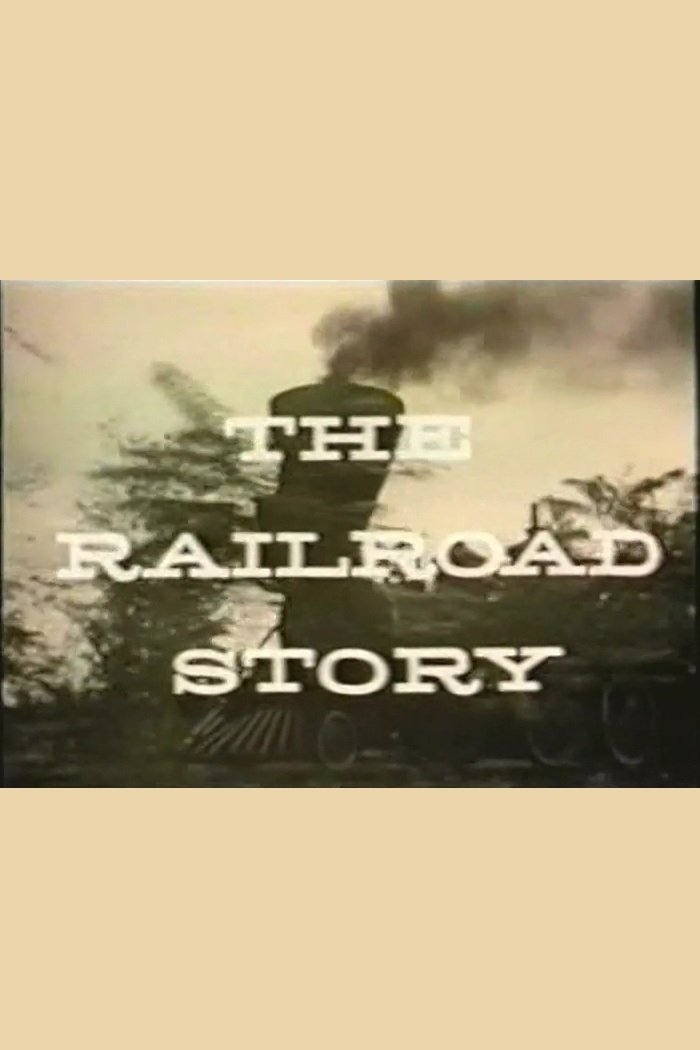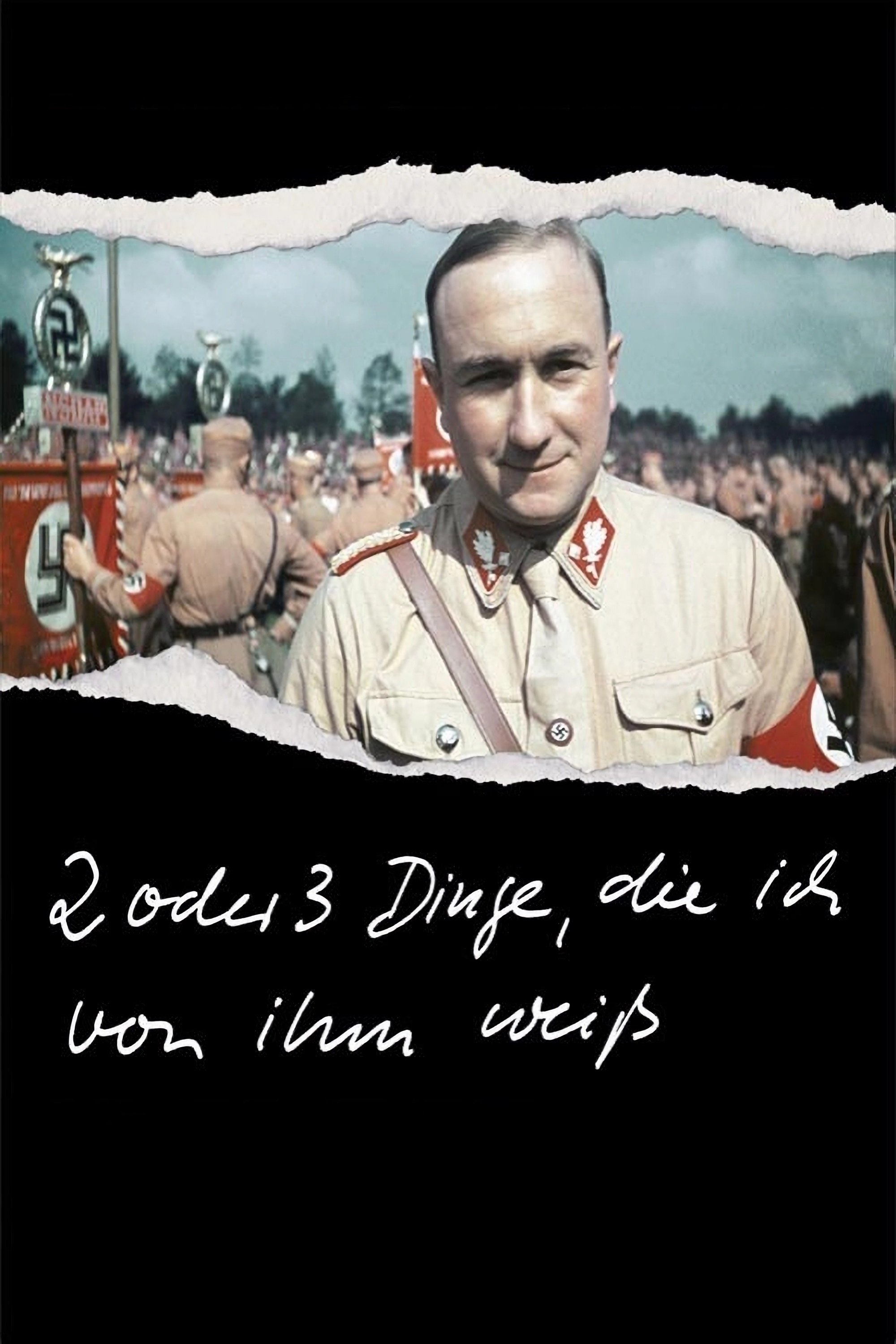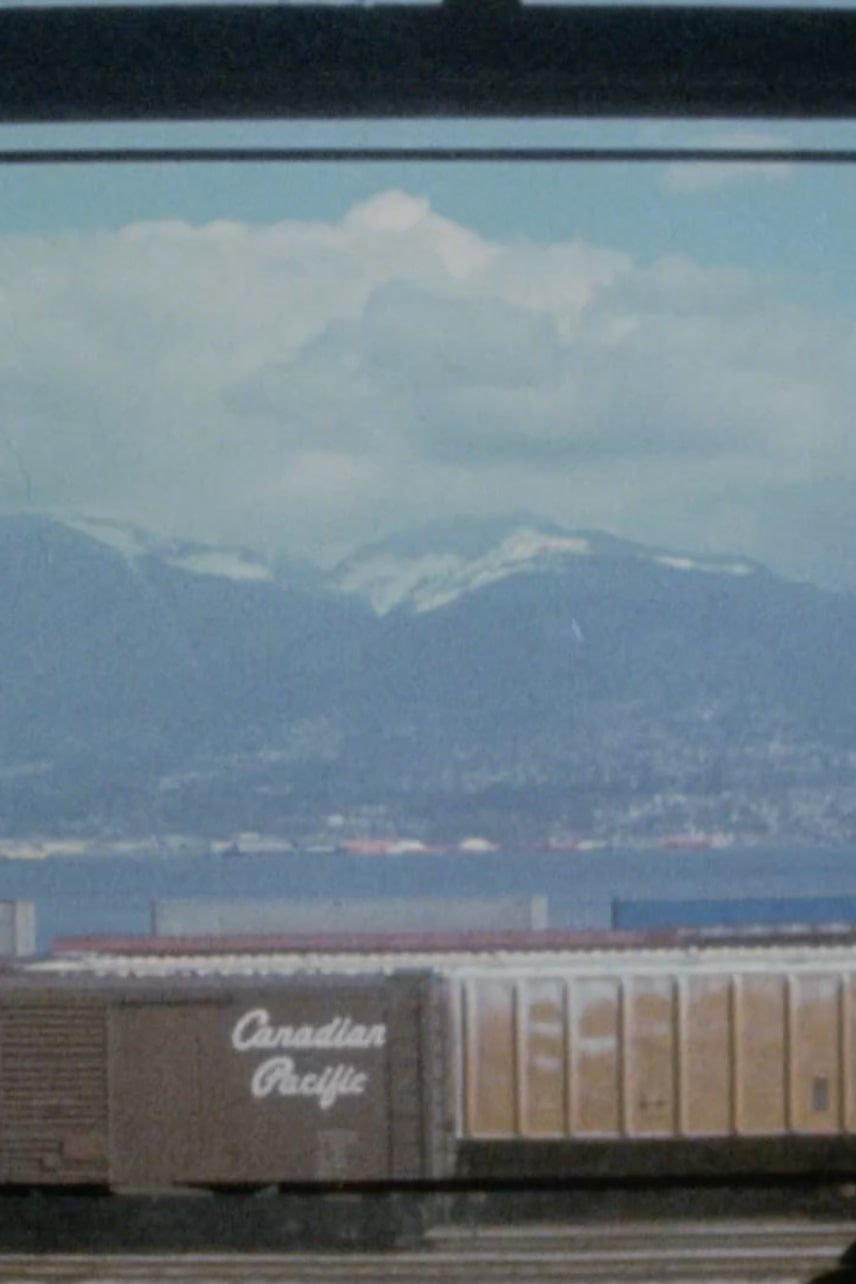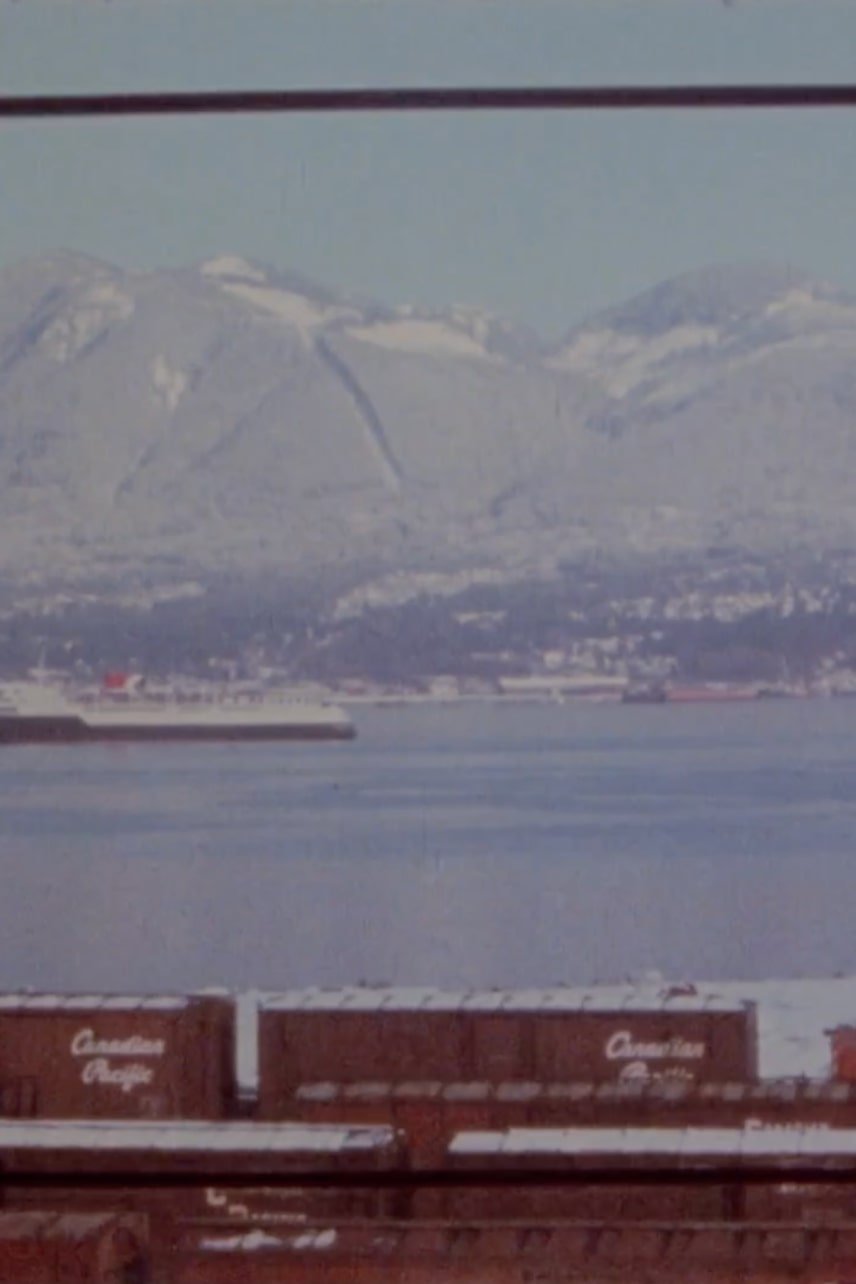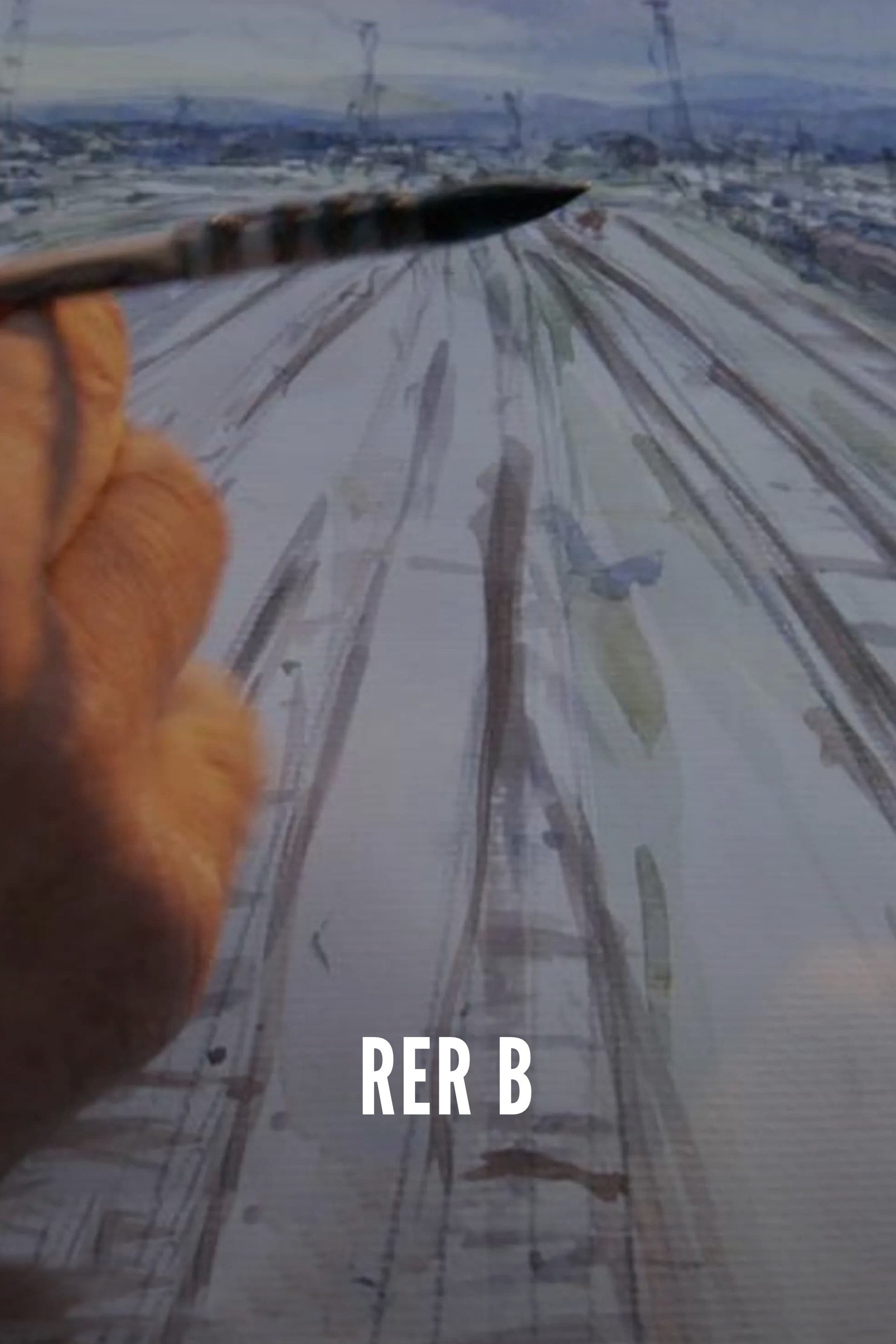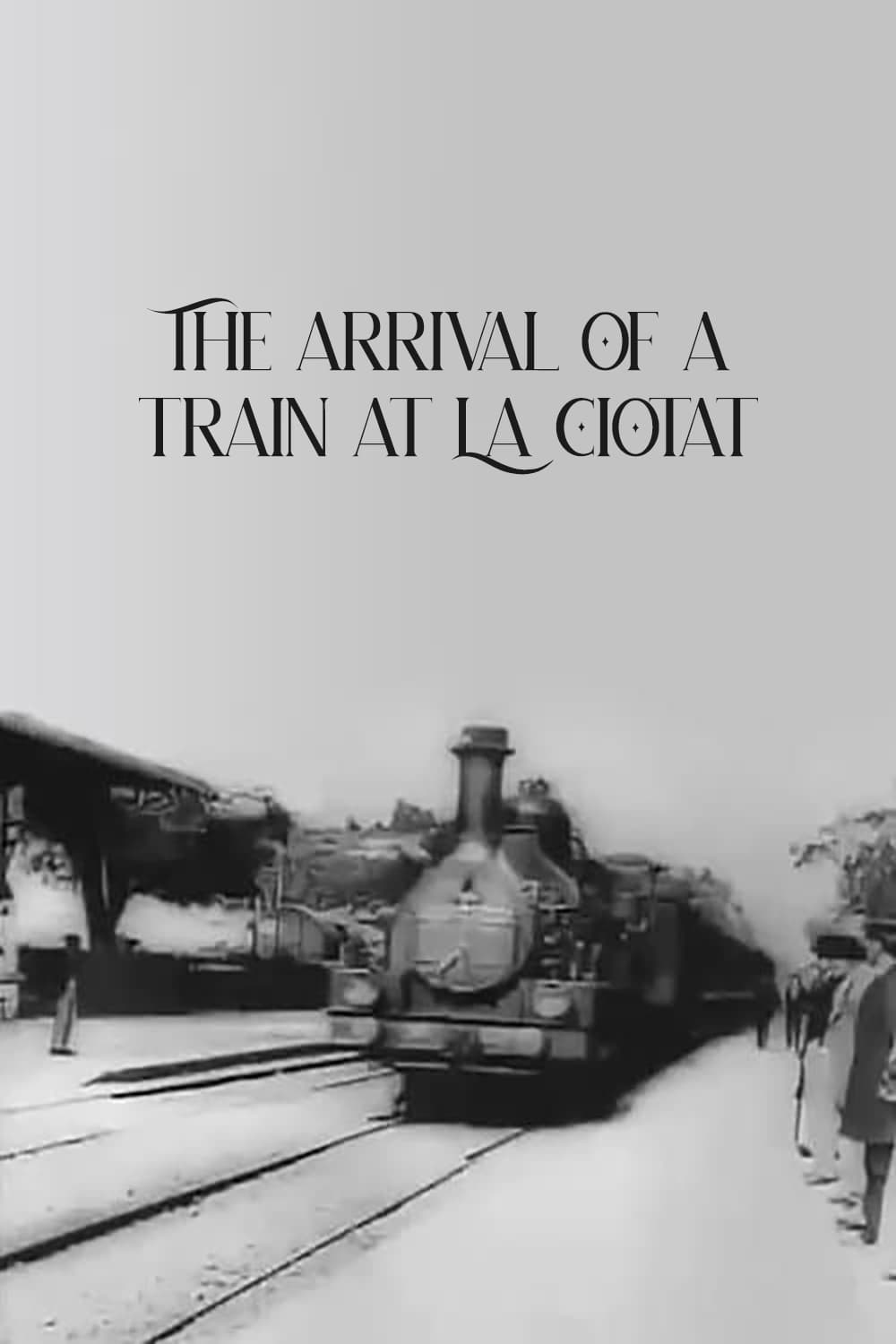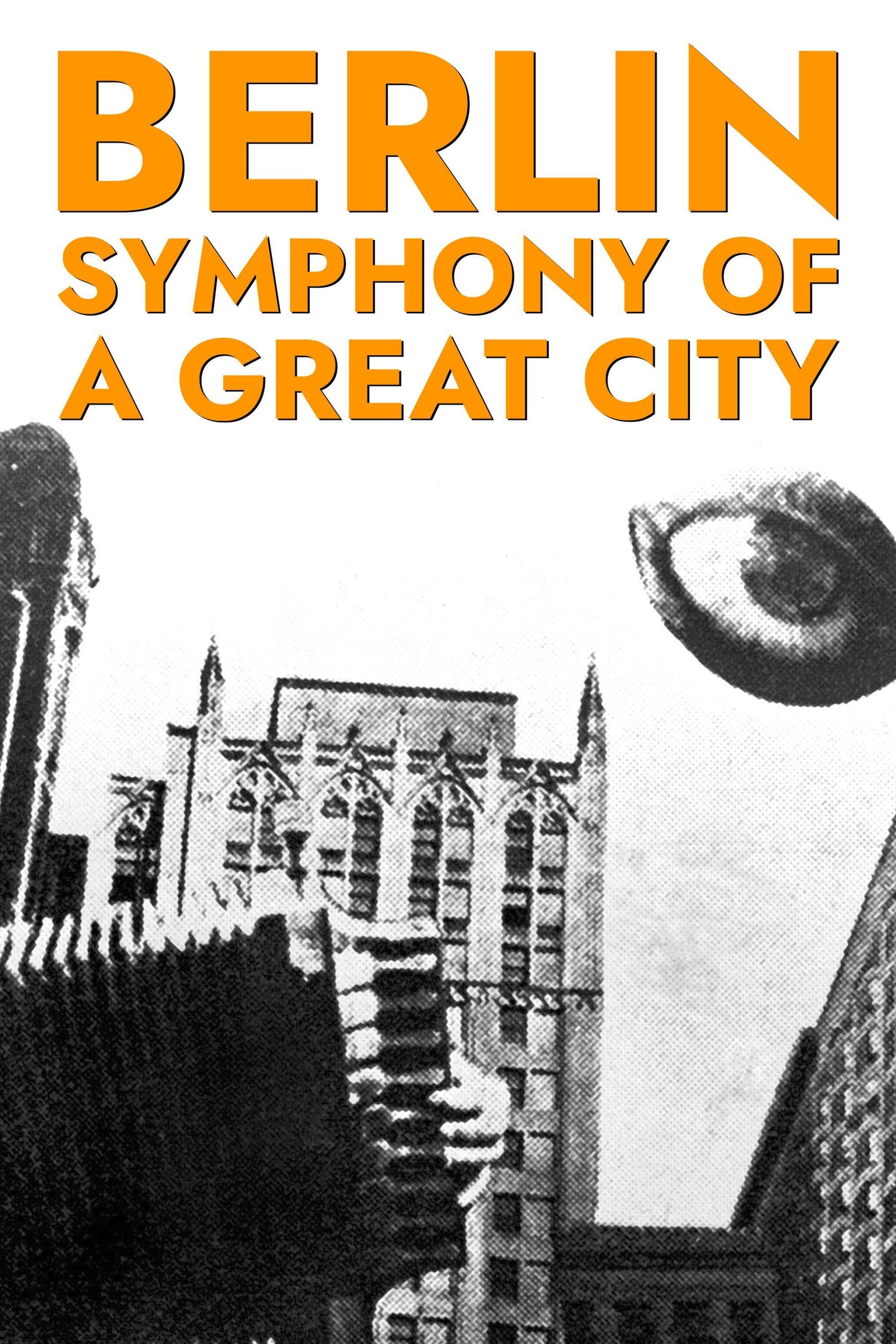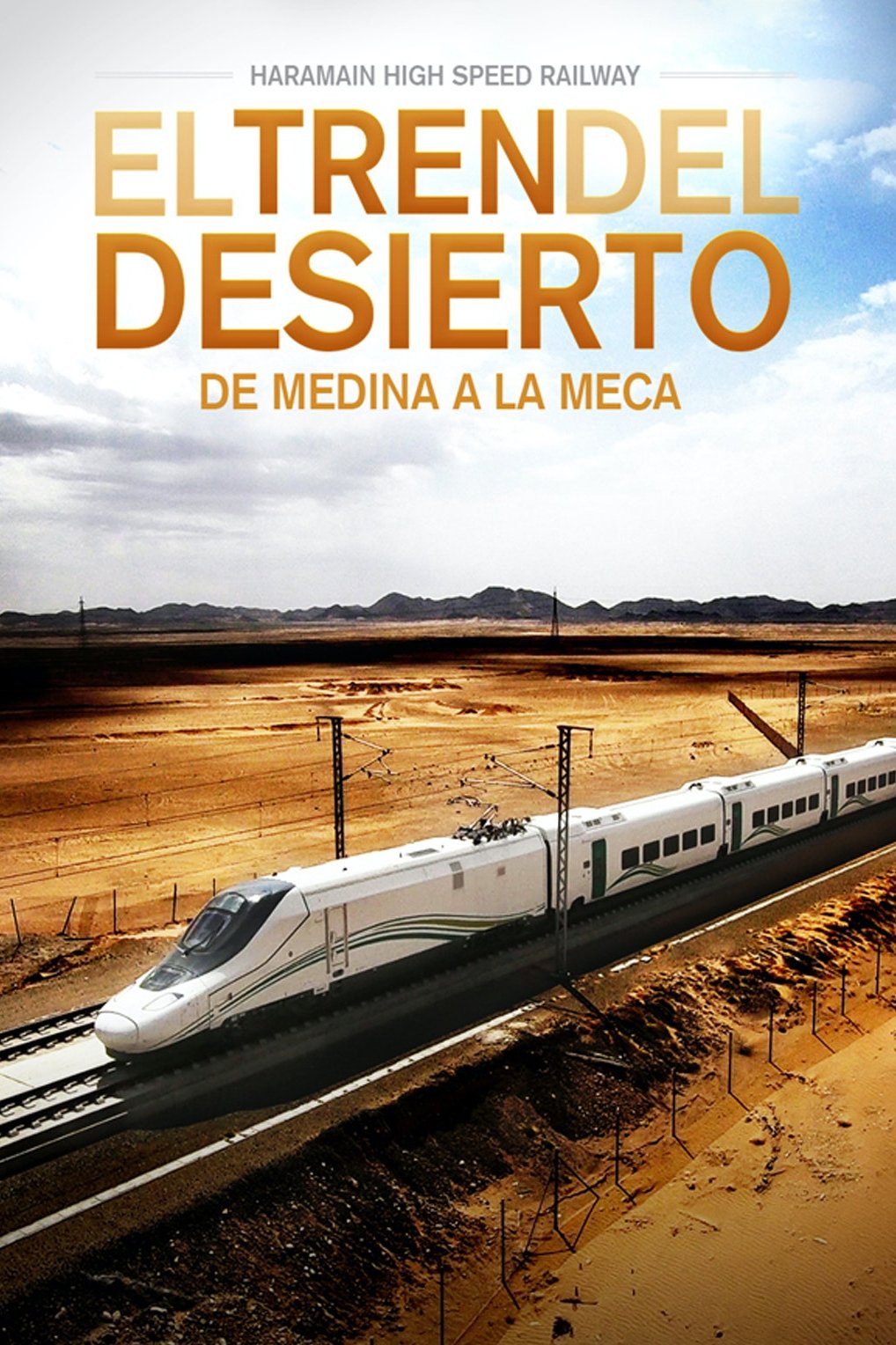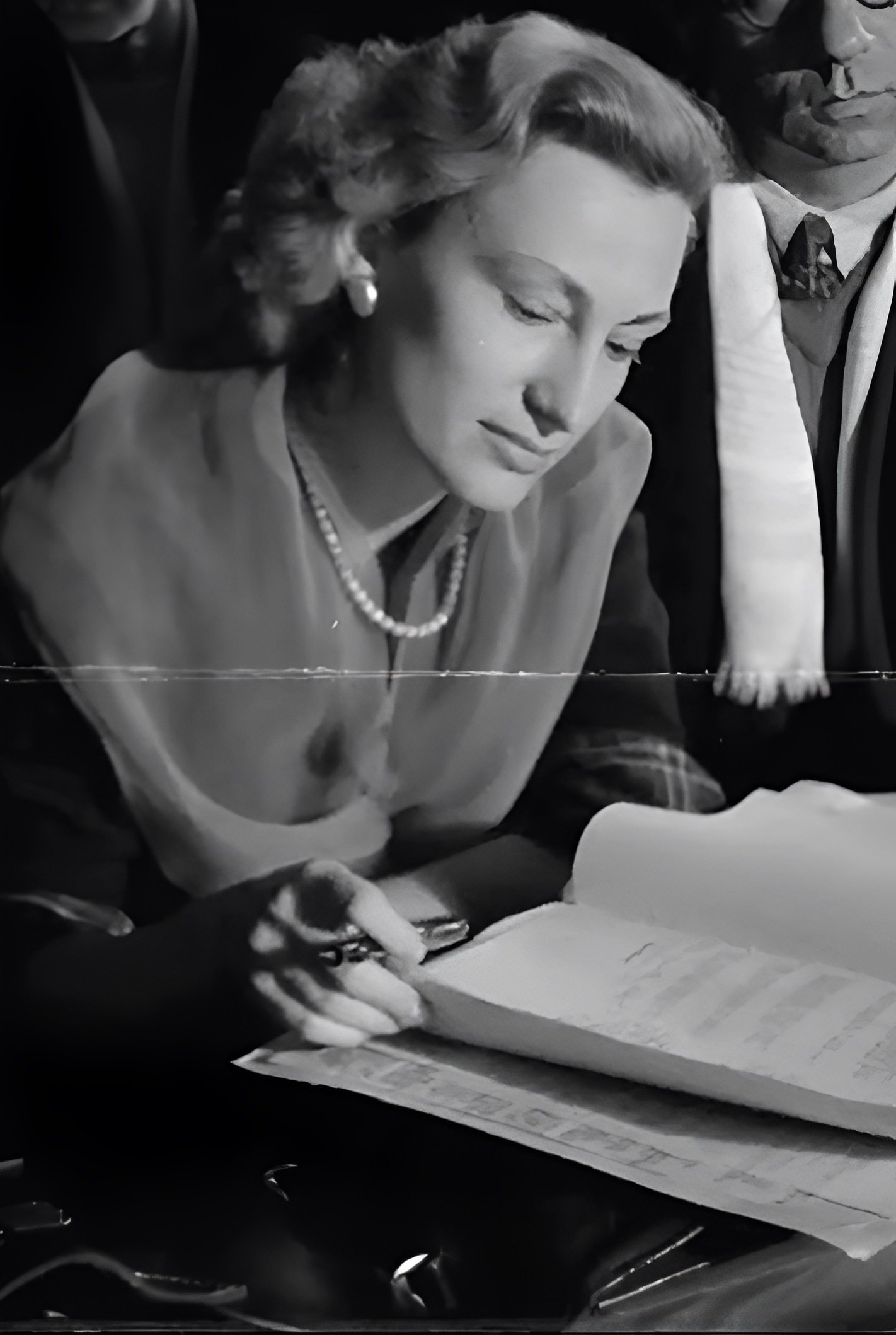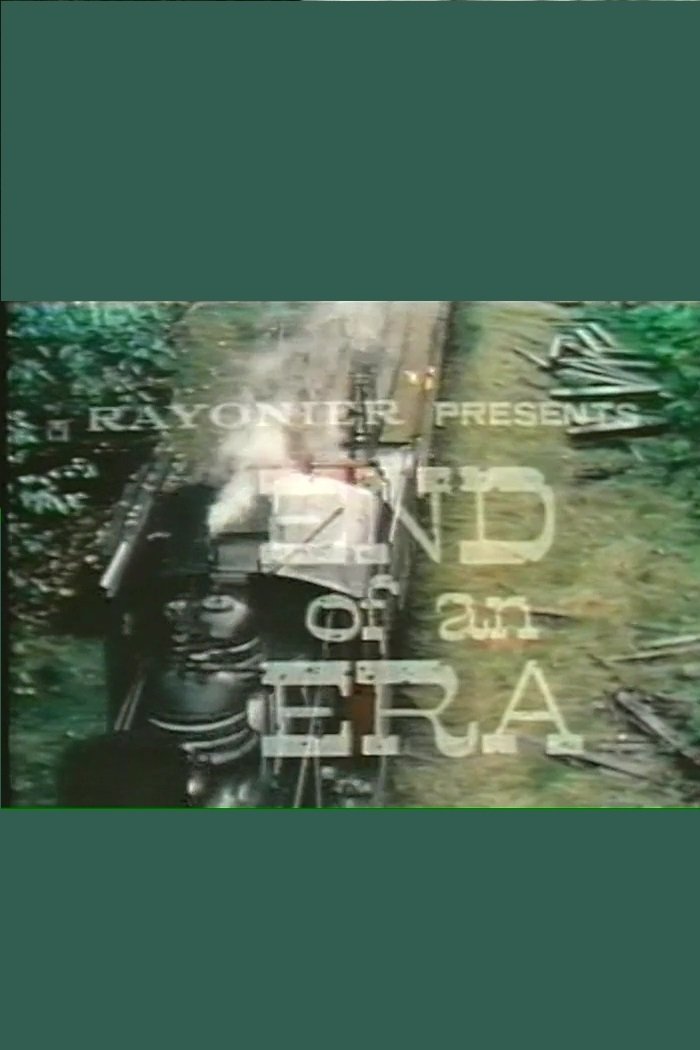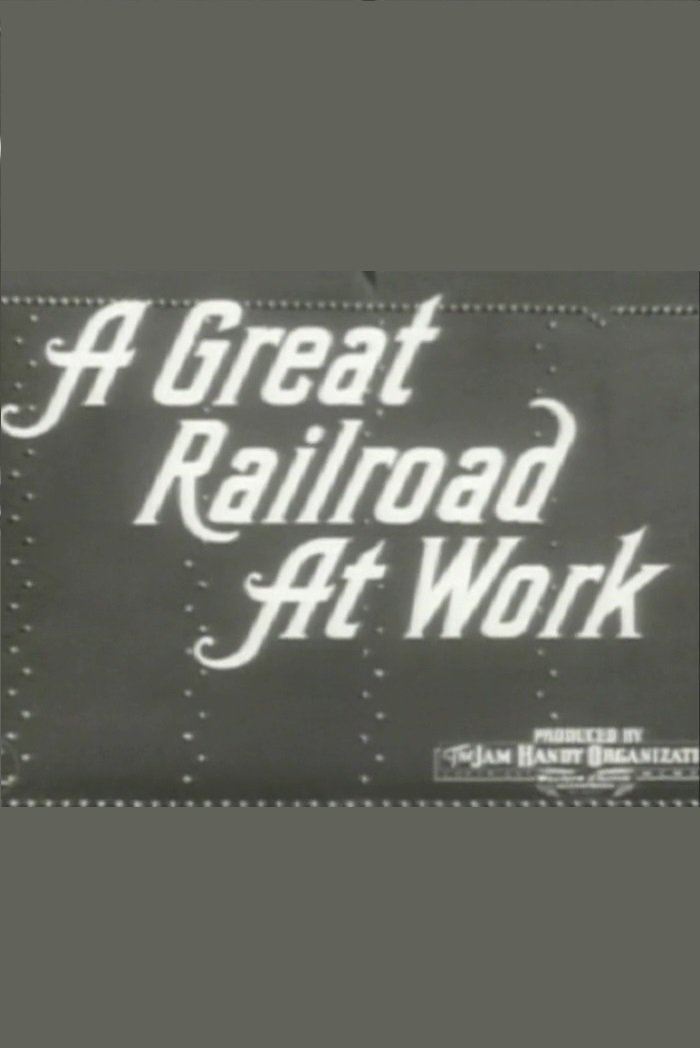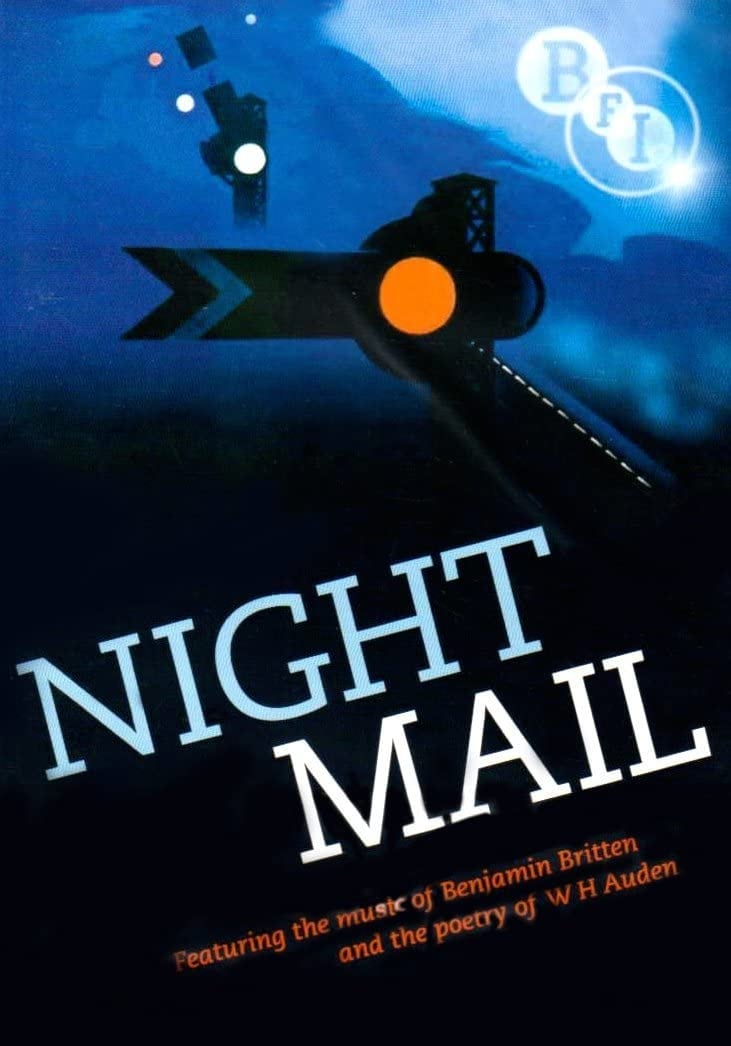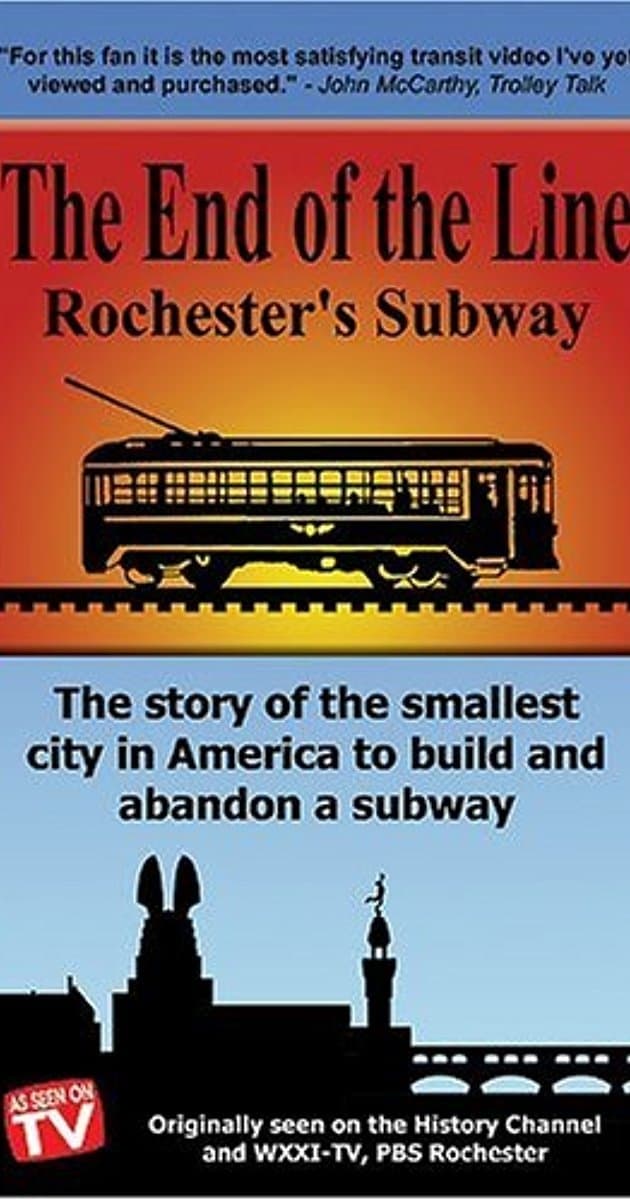The Railroad Story
1958
0h 23m
0.0(0 votes)
Documentary
Overview
The story of the railroad in Illinois and the train's role in moving product out of the states to the rest of America.
Links & Resources
Social & External
Production Companies
Similar Movies
Recommended Movies

No Recommendations Yet
We're working on finding the perfect movies for you. Check back soon!
More movies coming soon
